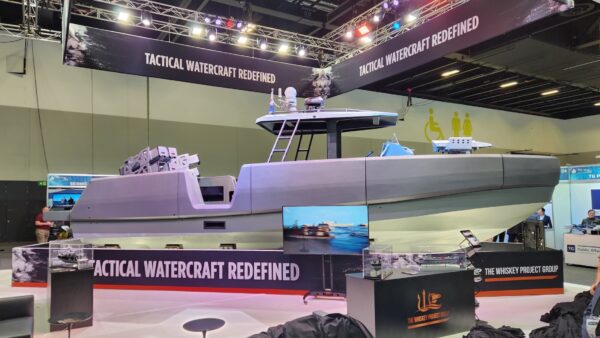Container freight markets have remained volatile in recent months, with equipment supply imbalances, choppy energy markets and shaky underlying macro-economic sentiment creating plenty of uncertainty.
Increased capacity – with more and more “mega ships” coming on-line continues to place general pressure on rates. Many lines are struggling to “hold the line” at higher freight values.
Container shipping rates on the world’s busiest route (Asia to Northern Europe) have dropped by more than 20% for two consecutive weeks last month – and now sit at US$456/TEU according to the Shanghai Containerised Freight Index (SCFI).
A recent Reuters report suggested container freight rates (as measured by the SCFI) had increased in eight weeks this year, but fallen in 28 weeks. Average rates for 2015 were US$659/TEU compared with US$1171 last year.
The exceptions to this general trend appear to be on routes where there are significant container imbalances – particularly when combined with strong exporter/importer demand.
Strong demand for space
For example, we are seeing some strong rate increases – and a general tightness of space – for outgoing container freight to certain Indian subcontinent ports.
Due to a poor Indian pulse harvest last season, demand for space on these routes is historically strong this year in the November/December shipment period from Australian agricultural commodity exporters. We are seeing a substantial increase in this type of inquiry via CargoHound (Australia’s first online marketplace for international freight).
Outbound rates to Chinese main ports, meanwhile, remain very competitive – and overall, rates have continued to trend lower over the last 12 months.
Amid such volatility, it pays to shop around on rates to ensure you are getting the best price on the right service to suit your requirements.
Massive increase in container shipping capacity
A key component of the general “downtrend” in freight rates has been the massive increase in global container shipping capacity this year – with more and more “mega ships” coming on line – and more to come.
Reports suggest a total 602,000 TEU capacity has been added to global container freight supply since the start of this year alone – and just 72,000 TEU removed via scrapping. Since January, the global container vessel fleet has grown 2.9%.
Much of this has been at the “big end” of the market, with most of the new capacity being Mega Ships capable of handling 18,000 TEU or more.
Maersk line, for example, has launched 20 Triple E vessels in recent years capable of carrying 18,000 TEU, and recently confirmed rumours it has placed orders for 11 new ships capable of carrying 19,600 TEU each – expected to come on line in 2017 and 2018.
The question now needs to be asked if shipping lines will be forced to idle smaller vessels – and whether this new “lower paradigm” in shipping rates will be sustainable.
Michael Holloway is an executive with CargoHound, Australia’s first online marketplace for international freight. He has over 25 years of experience in freight, transportation and logistics. He returned to Australia in 2013 from Malaysia where he was responsible for the general management of seven locations with 90 staff in the Asia/Australasia region and the Account management of two major airline customers. Before joining CargoHound he worked for DB Schenker and multi-national B & H Worldwide in the UK, US, Australia and Asia.


